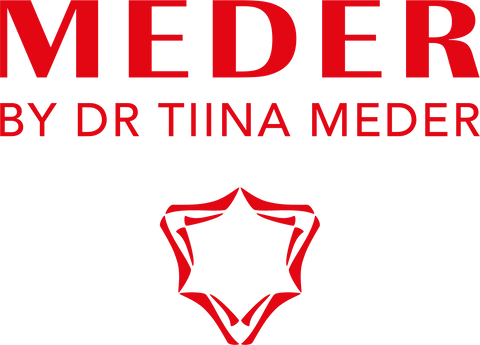Niacin is one of the substances vitally important for a human body.
It is a small compound, a derivative of pyridine, often called vitamin B3 or vitamin PP. Curiously, a different compound with a similar effect, niacinamide, often goes under the same names. Niacin cannot transform into niacinamide directly, but they both are the precursors of the substances very important for our health — coenzymes NAD and NADP.
Both these coenzymes take part in practically every process that goes on with energy release. The first one, NAD, participates in splitting fats, carbohydrates, proteins and alcohol, while NADP promotes the syntheses of various substances from fatty acids, cholesterol and other compounds.
It can be said that all B group vitamins are to some extent responsible for the transformation of glucose entering the body, but niacin and niacinamide play a particularly important part in this process and many others.
The lack of vitamin B3 leads to the slowing of the metabolism, because it is involved in more than 50 reactions turning sugars and fats into energy, including the amino acid metabolism and the process of turning food fats into eicosanoids — hormone-like agents affecting all metabolic processes in the body.
In the recent years vitamin B3 has been treated more like a medicine that like a vitamin — cardiologists often prescribe it for cardiovascular diseases. Taking niacin can increase the chances of survival and improve the rehabilitation rate for cardiac infarction patients. Another important quality of vitamin B3 is its ability to restore the DNA of damaged cells and participate in the synthesis of steroid hormones in the adrenal glands. Niacin deficiency can cause the decline in health and even a condition called pellagra — hypovitaminosis, developing with the deficit of vitamin B3 or tryptophan amino acid, the niacin precursor. The symptoms of pellagra are easy to remember, they all start with D — dermatitis, diarrhoea, dementia.
Niacin deficiency makes the skin drier and its tone uneven, while increasing the skin’s sensitivity to the sun—the open parts of the body and the face get sun burns even with a short time exposure. In a little while intense peeling and itchiness appear, sometimes followed by hair loss and skin inflammation. The characteristic symptoms of pellagral dermatitis clearly demonstrate the importance of vitamin B3 (PP, niacin, niacinamide, nicotinamide) for skin health.
Regrettably, with age the body’s own niacin synthesis can somewhat slow down becoming one of the primary causes of skin ageing — the developing deficit of vitamin B3 disturbs microcirculation, damages micro capillary walls, reduces the syntheses of collagen and elastin. Niacin applied to the skin can partly compensate for the deficiency — niacin molecule is small and easily penetrates into deep skin levels. Niacin (niacinamide) is a cosmeceutical solution with proven efficacy, which is a fairly rare thing. Several effects of vitamin B3 topical application have been scientifically confirmed so far. A group of volunteers applied a solution with 2% niacinamide regularly and after 4 weeks their skin retained 24% more water in the epidermis, most likely due to the activation of the syntheses of vital proteins in the epidermis — keratin, filaggrin and involucrin. Another documented effect was a more intense syntheses of collagen and elastin in the skin cells — the rejuvenated fibroblasts became more active and the amount of collagen increased by more than 50%. The test subjects also showed a decrease in pigmentation due to niacinamide’s ability to partly block the migration of pigment granules into the upper skin layers. Finally, acne was reduced as well, and the solution containing niacin turned out to be more effective than the traditionally used antibiotic clindamycin.









